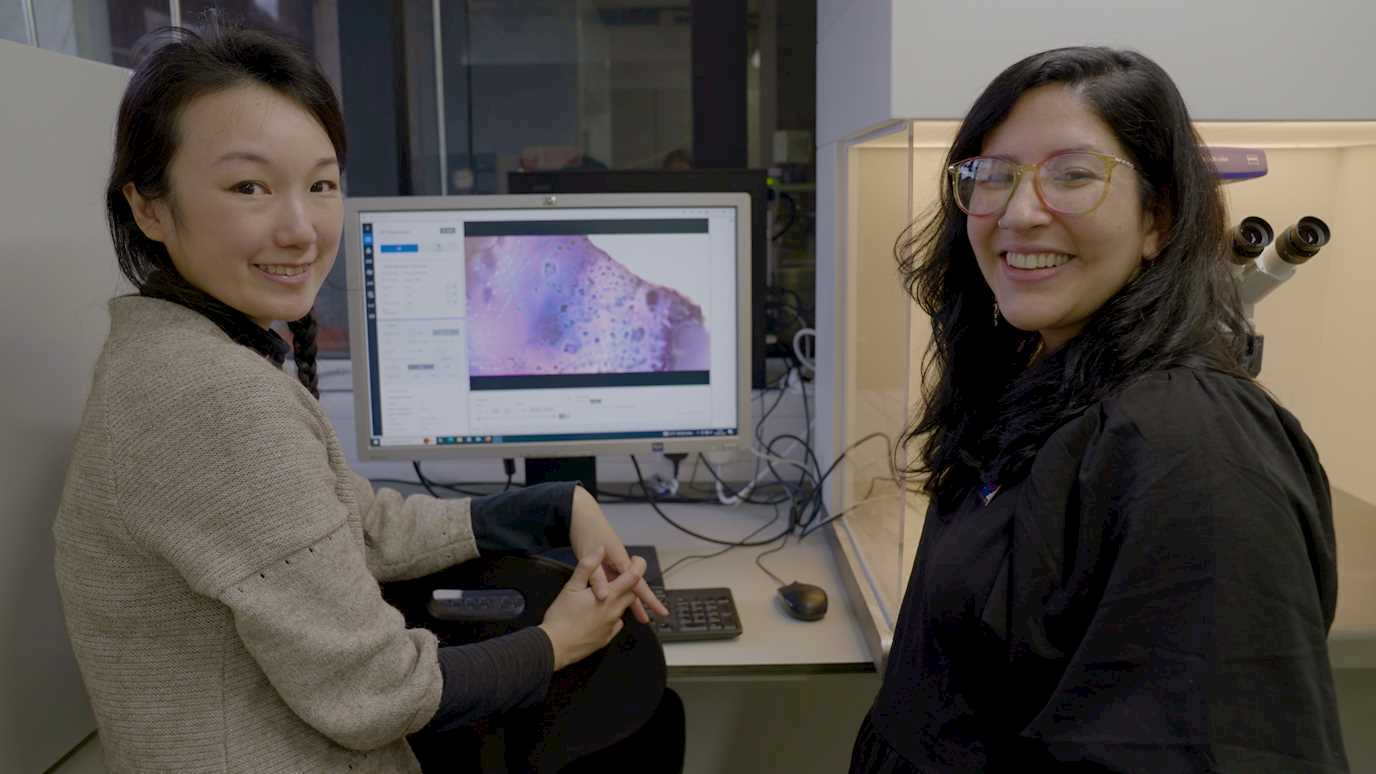Martin King
Fully funded studentship now available
Does the oxidation of organic material on atmospheric mineral aerosol change the solar radiative forcing of mineral aerosol?
Project background
The atmosphere of the Earth is an oxidizing medium and effectively acts as a low temperature, dilute fuel, combustion system, oxidizing complex compounds and returning them to the surface of the Earth via cloud water and dry deposition. The chemical composition of particulate matter affects climate directly, by scattering and absorbing solar radiation, and indirectly, owing to its ability to act as cloud condensation nuclei, leading to a change in cloud formation rainfall patterns. Cloud processing of atmospheric particulate matter changes the optical properties of clouds. Atmospheric mineral particulate matter contains organic films that effect the reactivity of the particle and its potential to act as cloud condensation nuclei. You will study the optical properties and kinetics of atmospheric oxidants reacting with organic films on mineral aerosol. The kinetics will give an atmospheric lifetime and optical properties will enable calculation of the change in climatic radiative forcing. If the lifetime is less than ten days and more than 1 minute then it is important.
























